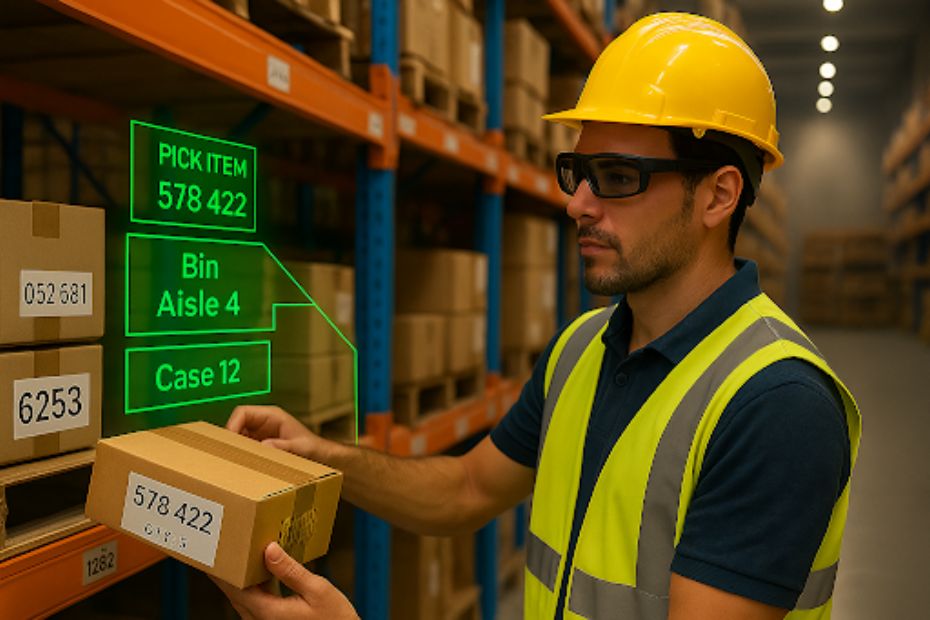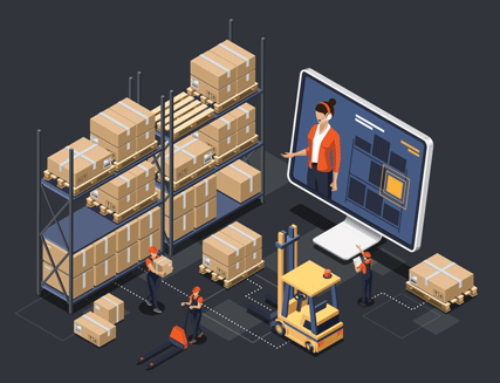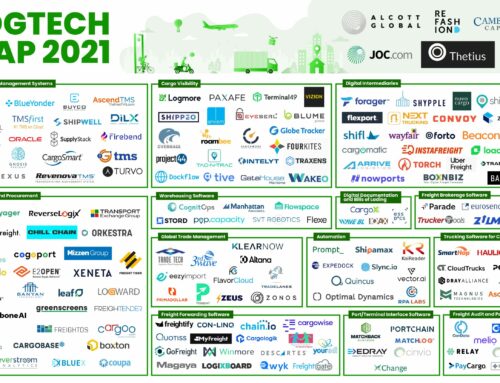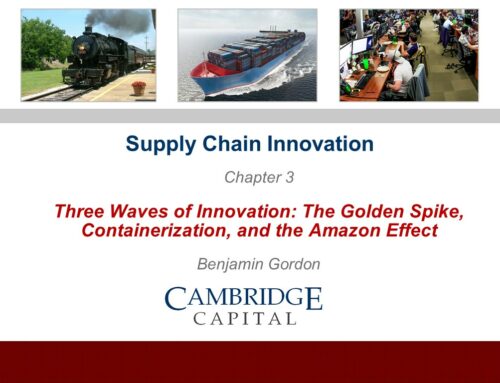If you’re managing a warehouse operation, you’ve likely faced the challenges of training new workers quickly and maintaining high accuracy during picking. These issues cost time, money, and often, customer satisfaction. Augmented reality (AR) gives you a way to solve both problems without overhauling your systems. It overlays real-time digital information onto your workers’ field of view—through smart glasses or heads-up displays—so they can follow instructions, locate items, and handle tasks with minimal errors and zero guesswork. This article breaks down how AR is already making warehouse training faster, picking more precise, and your entire operation smoother to run.
Train New Hires Faster Without the Classroom
You don’t need weeks of shadowing or classroom instruction to onboard a new warehouse worker when AR is part of the equation. Instead of reading manuals or watching videos, they can put on AR-enabled smart glasses and receive live instructions while walking the floor. Visual arrows guide them to storage zones, animated overlays show them how to handle or scan items, and prompts give them immediate feedback if they go off course.
That kind of learning sticks faster because it’s immersive and task-oriented. It also reduces mistakes early in the process since the system helps them navigate real-world tasks without requiring supervisor hand-holding. You cut down on training time and free up experienced staff for higher-value work.
Boost Picking Accuracy Without Slowing Down
When pick accuracy is off, you’re not just correcting an order—you’re dealing with returns, refunds, and unhappy customers. AR eliminates the need for paper pick lists or screen-checking by showing warehouse staff exactly where to go and what to grab. It highlights the correct bin or shelf and confirms item quantities as they scan.
That means fewer errors, faster fulfillment, and reduced walking time across your warehouse. Some systems even optimize the picking route automatically and update task lists in real time. You can train seasonal workers to hit high accuracy metrics from day one, and your experienced staff works more efficiently without slowing down to double-check every step.
See Inventory the Moment You Need It
You don’t always have time to check terminals or log into handheld devices during warehouse work. With AR, workers can scan a location or product and instantly see live inventory counts, product information, or instructions on restocking. That kind of on-demand data access cuts the back-and-forth, helps keep stock levels accurate, and supports quicker decisions on the floor.
It also helps reduce stockouts and overstocking. If a picker notices a location is almost empty, they can trigger a restock alert without leaving their current task. That kind of integration helps your team stay focused, while your inventory system stays in sync.
Plan Smarter Layouts with AR Visualization
Warehouse layout changes are always a bit of a gamble. You plan on paper, guess at traffic flow, and hope the changes don’t bottleneck your operation. With AR, you can overlay layout plans directly onto the physical space before moving a single shelf. That gives you a visual preview of how your racks, zones, and pathways will work together.
You’ll spot potential traffic clashes, wasted space, or inefficient placements right away. Whether you’re redesigning for seasonal storage, rolling out a new product line, or expanding capacity, AR helps you simulate changes in real-time. That way, you’re making layout decisions based on visuals, not assumptions.
Get Help From Anywhere With Remote Assistance
Sometimes, your floor staff runs into problems that can’t be solved with a manual. Maybe a piece of equipment isn’t working, or a new item isn’t scanning properly. AR enables live video sharing and two-way communication between the worker and an off-site expert. That expert sees exactly what the worker sees and can draw on the screen or send real-time guidance to resolve the issue.
You avoid downtime waiting for a technician to arrive or playing phone tag across departments. This kind of remote support is especially helpful in distributed warehouse networks where sending someone out isn’t always practical. It also builds confidence in your floor team—they know help is available instantly if something goes wrong.
Prevent Accidents Before They Happen
Warehouse safety training often relies on signs, manuals, or occasional briefings—but those can get missed in the rush of daily operations. AR brings safety instructions directly into the worker’s field of view. If they’re about to enter a forklift zone, handle hazardous goods, or lift incorrectly, the system can issue alerts or show safe handling steps before any mistake happens.
Some AR systems even track motion or body posture to guide better lifting techniques or prevent repetitive strain. That proactive feedback reduces injuries, builds better habits, and helps maintain compliance without constant supervision or retraining.
Integrate With the Systems You Already Use
You don’t need to replace your entire tech stack to make AR work. Most modern AR platforms are designed to integrate with your existing WMS and inventory systems. That means your picking lists, inventory data, restock alerts, and location info feed directly into the AR interface in real time.
That connection keeps everything current, ensures your AR tools are accurate, and helps you build a tech ecosystem that scales. When your team sees that AR enhances—not replaces—the tools they already use, adoption becomes much easier. You get a connected workflow that’s more intuitive, faster, and better aligned with your day-to-day operation.
Why Use AR in the Warehouse?
- Accelerates on-the-job training with visual instructions
- Increases picking accuracy and speed
- Gives instant access to inventory data
- Helps visualize layout changes before implementation
- Enables remote guidance for issue resolution
- Improves safety with real-time alerts
- Integrates with your WMS and inventory systems
In Conclusion
When you’re managing a warehouse, speed and accuracy are non-negotiable. Augmented reality helps you achieve both by giving your team the tools they need, right when and where they need them. You reduce errors, train faster, avoid downtime, and make better decisions without slowing anyone down. AR isn’t just an add-on—it’s a practical way to improve how your warehouse works every day, from the floor to the control room.
Interested in how tech is transforming logistics and warehousing? Follow along for more updates at on Facebook.










